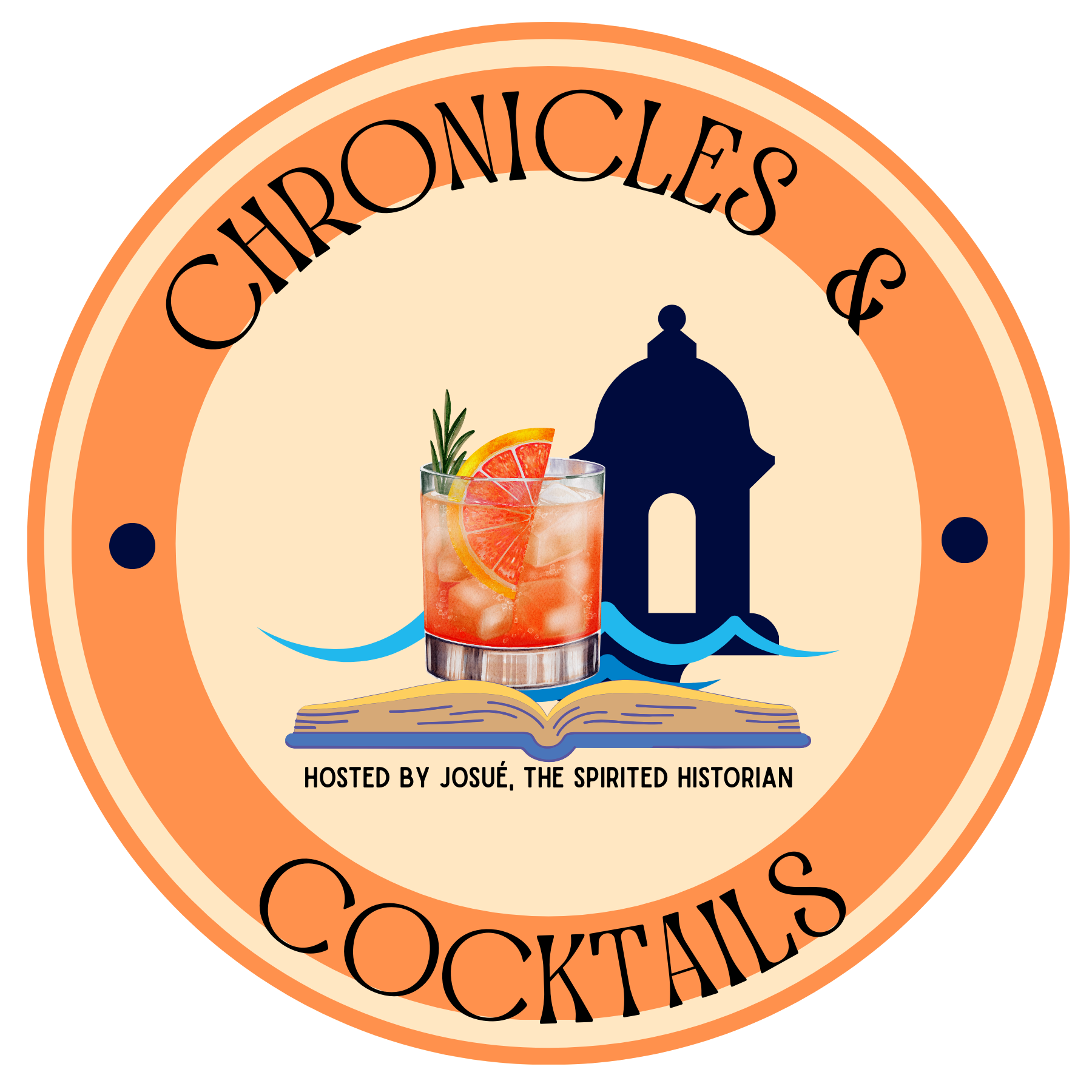Every town in Puerto Rico carries a founding story — a tale of faith, geography, and community. In this episode, I travel through the history of all 78 municipalities, plus the early settlements that came before them: Caparra, San Mateo de Cangrejos, Río Piedras, and La Tuna. Each foundation marked not only a place on the map, but also the birth of traditions, patron saints, and local identities that still thrive today.
Puerto Rico’s towns were founded across centuries, beginning with Caparra in 1508, the first Spanish settlement led by Juan Ponce de León. Soon after, San Juan replaced it as the colonial capital. From there, the island expanded outward: coastal towns like San Germán, Aguada, and Arecibo defended trade routes, while mountain towns like Utuado (1739) became centers of agriculture and culture.
Some highlights we dive into:
- San Juan (1521, Patron: St. John the Baptist) — the island’s capital, fortress, and gateway.
- San Mateo de Cangrejos (18th century) — today’s Santurce, born from free Black communities and runaway slaves who forged a vibrant cultural hub.
- Utuado (1739, Patron: St. Michael the Archangel) — the first town in the Cordillera Central, and the 11th oldest municipality, carrying both Taíno heritage and Spanish colonial roots.
- Arecibo (1616, Patron: St. Philip the Apostle) — known as “La Villa del Capitán Correa,” after defending against the Dutch invasion.
- Loíza (1719, Patron: St. Patrick) — a coastal town where African traditions, bomba music, and vibrant fiestas define identity.
- Ponce (1692, Patron: Our Lady of Guadalupe) — “La Perla del Sur,” the Pearl of the South, known for its architecture, coffee wealth, and political influence.
- Rincón (1771, Patron: St. Rose of Lima) — later famous worldwide for its surfing waves and sunsets.
- Carolina (1857, Patron: St. Fernando) — home to poets, artists, and Puerto Rico’s international airport today.
- Río Piedras (founded 1714) — once its own town, today a central district of San Juan and home to the University of Puerto Rico.
Every town has its patron saint, its traditions, and its legacy — stories of resilience, devotion, and transformation that together weave Puerto Rico’s national identity.
Cocktail Spotlight
For this journey, I chose a NEGRONI: Gin, Campari, sweet vermouth, orange peel. Born in Italy (c. 1919) when Count Camillo Negroni asked to fortify an Americano by swapping soda for gin—an Italian classic ever since.


